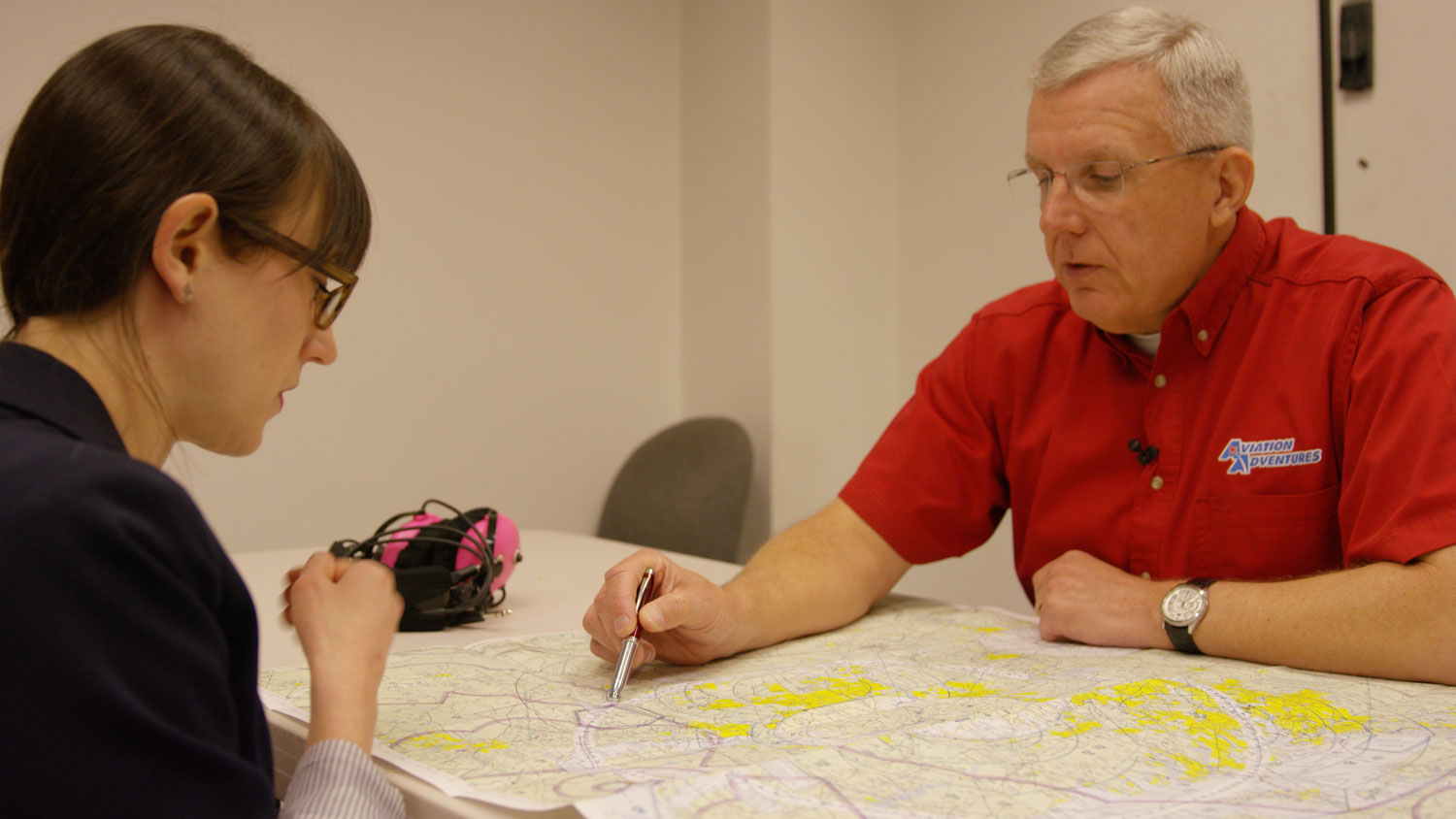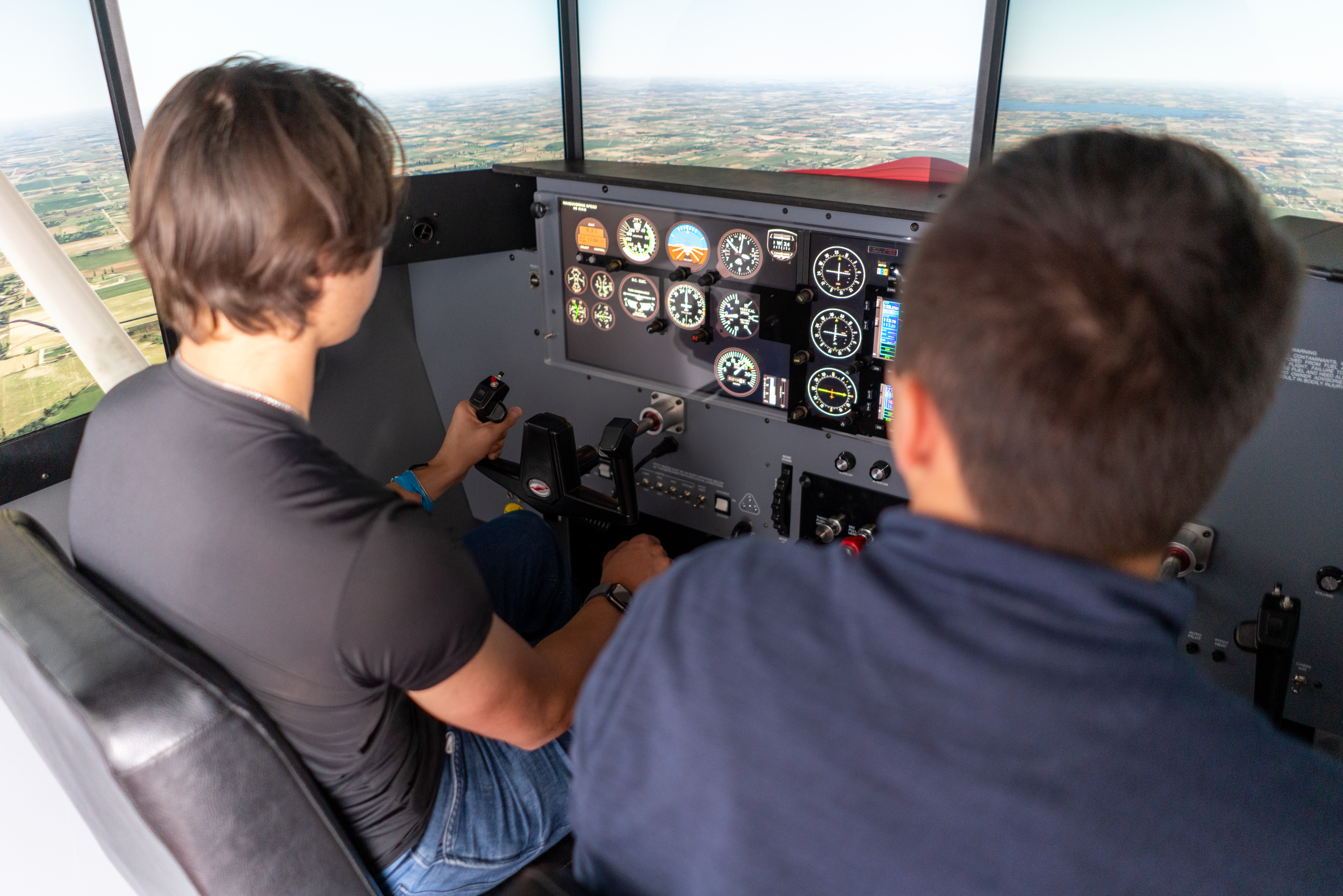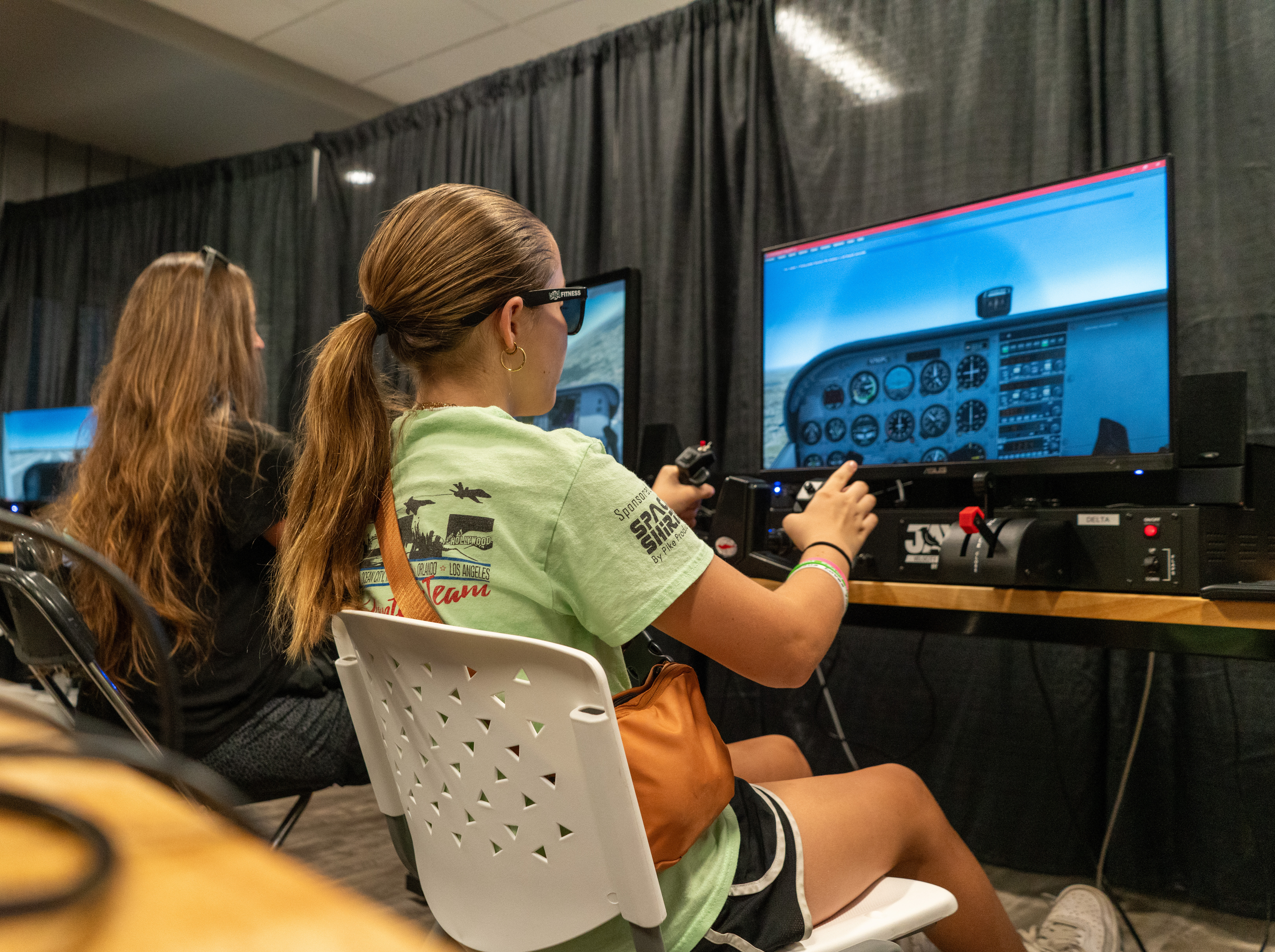Defensive Flying in Class E and G Airspace
It was a beautiful day to fly. I remember admiring the nearly haze-less horizon as I approached my favorite rural airport.
I made my first call: "Lockhart Traffic Cessna 172RB seven miles north inbound landing, Lockhart.” There was silence from Lockhart airspace, but Taylor airport a few miles to the north—which uses the same CTAF frequency, 122.8—sounded very busy with students and $100 hamburger departures.
I guess I’ve got Lockhart to myself for some engine-out dead stick landing practice, I thought. Excellent! I had not worked on the fundamentals in a while, and practicing away from a busy traffic pattern was appealing.
I pressed the push-to-talk switch to indicate my intentions. “Lockhart Traffic Cessna 172RB three miles northwest—will overfly mid-field at two thousand, teardrop entry to left downwind 18, Lockhart.”
But the unexpected sight of another aircraft made me question my plan. “Lockhart Traffic Cessna 172RB, aircraft on upwind 18, are you staying in the pattern? Lockhart.”
A response came over my David Clarks. “Grumman 5832U is turning base to final.”
“32U, which airport?”
“Oh, sorry. Lockhart Traffic Grumman 32U final 18, Lockhart. Also, watch out for the Cub that just took off. That’s Frank. He doesn’t have a radio.”
After making a full-stop landing and pulling up to a few other airplanes on the ramp, I learned from fellow aviators that Frank and his little yellow airplane had hangared there since the 1970s. He never got around to installing a radio, nor did he ever fly with a handheld. Since everyone knows Frank and his flying habits, and he only flies around the patch on weekends, no one had an issue with it.
Not everyone knows Frank, I thought to myself.
Deciding to spend a little time on the ground waiting for the pattern to (hopefully) thin out, I began to think about the safety implications of the scenario I had just experienced. Everyone had been flying perfectly legally. The Federal Aviation Administration does not require anyone to make calls or even have a radio aboard in the pilot-controlled Class E and G airspace we were occupying around the airport.
Colloquially, we refer to these airports as uncontrolled, which is how I prefer to think of them. It puts my head in a safety-oriented space. While we should be able to think of these airports as pilot-controlled—occupied by well-practiced, safety-conscious, and even polite pilots—in the real world, there are few requirements for how pilots operate around these little rural airports.
.jpg?width=600&name=oliver-fetter-2ahfghWPidc-unsplash%20(1).jpg)
After ruminating a bit more while leaning against the cowling of my Skyhawk, something popped into my head from the distant past when I took my student driver’s course as a teenager: the concept of defensive driving. I recall my driving instructor, with his thick West Texas drawl, saying something about my momma and daddy not caring if I was technically in the right if I was headed for the emergency room.
He was absolutely correct. Alive and miffed at a careless driver who made you slam on the brakes is better than injured and sanctimonious in a hospital bed. This is doubly true in aviation, where a pilot is not even breaking a regulation by not making radio calls in Class E and G airspace.
As responsible pilots, we should strive to fly defensively, to assume that there is traffic we cannot hear on CTAF and perhaps cannot see until we are near our destination airport. This mindset takes practice and diligence. It is easy to join the casual mode of operations adopted by Frank—and whoever was in that Grumman—because, I mean, they seem to be flying without incident, right?
Well, for now maybe, but it only takes one foul-up to have a bad day.
One of the best ways to develop this mindset and cement it into place is to practice operations in pilot-controlled airport environments. In a flight simulator, you can practice these operations frequently, safely, and efficiently.
We are developing a series of simulator scenarios for Redbird Pro that help build the skill set necessary to manage lost radio communications, closed tower operations, midair collision avoidance, and several other skill and knowledge areas you should brush up on to fly safely in pilot-controlled airport environments.
In one of our favorite scenarios, the air traffic control tower at your destination airport (KHYI) closes for the evening. The airport is in that tricky middle ground: big enough to have a tower, but not big enough for it to be open all the time. This can lead to confusion, as some pilots do not read carefully enough to know that the tower closes at a certain time, and others revert to radio silence when they cannot reach ATC.
Regardless of any relevant regulations or conditions on a flight, using sound aeronautical decision-making (ADM) and the resources at your disposal can be the difference between a safe landing and a midair collision. Understanding the FAA's recommendations for Class E and G airspace operations are a good starting place for your ADM, but accepting that not every pilot will adhere to them is equally important.
Share this
You May Also Like
These Related Articles

The Pros and Cons of Learning to Fly in Complex Airspace

Cross-Country Flight in a High School Classroom? There’s a Sim for That.
